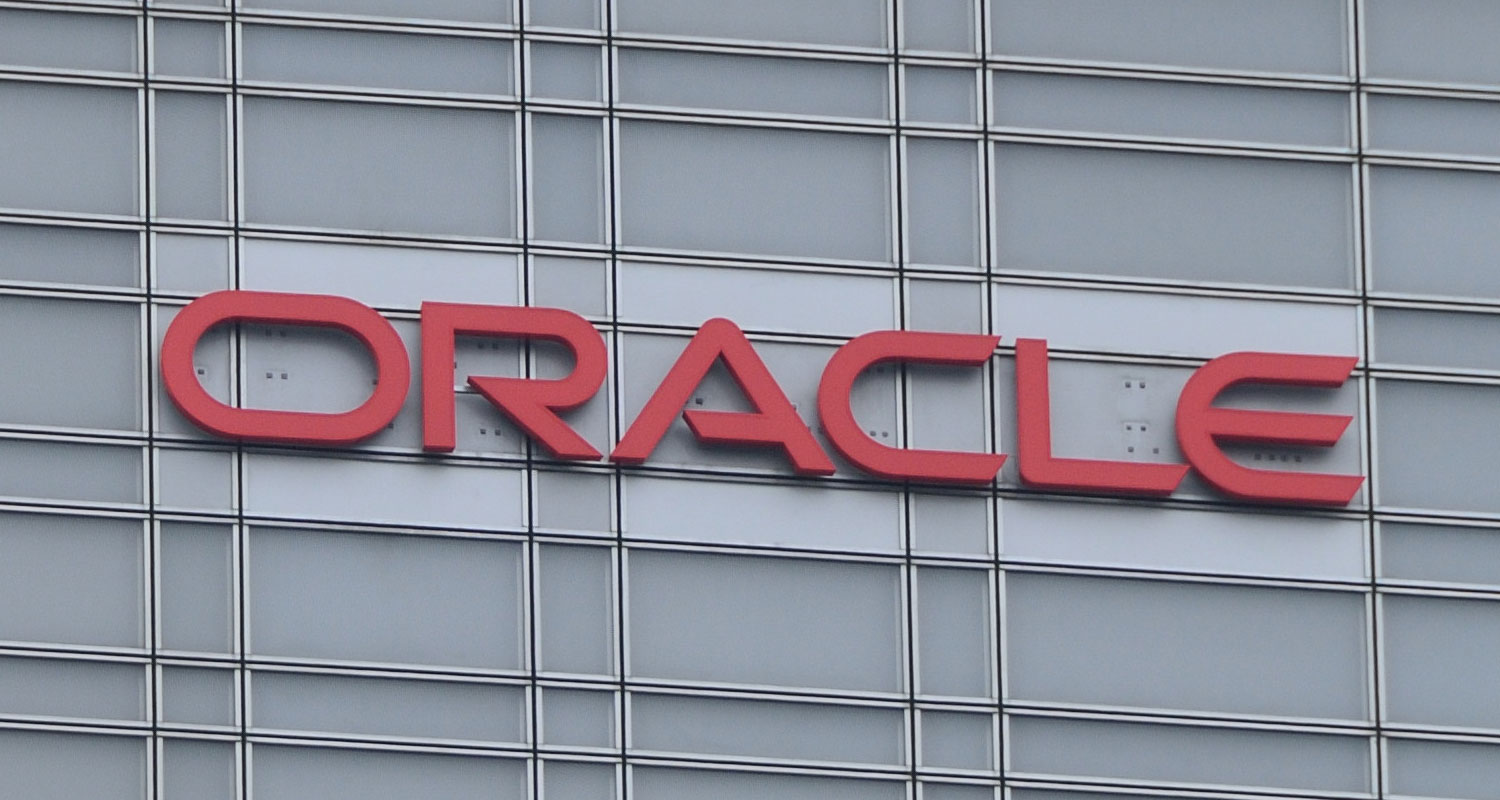Oracle investors find themselves at a pivotal crossroads. Either heed the warning from a growing list of indicators that suggest the stock has run up too far, too fast — or continue to chase another rally that’s been supercharged by lofty artificial intelligence expectations.
Shares of the software maker, co-founded by chairman and chief technology officer Larry Ellison (80), have soared 75% from April’s low, including their best two-day gain since 2001 after its earnings report last week showed AI-fuelled revenue growth is gaining steam. However, that’s left the stock trading at it most overbought level in 25 years and at its steepest valuation in more than two decades. And there are signs investors may already be getting nervous.
Oracle shares fell nearly 1% in pre-market trading on Tuesday as the Israel-Iran conflict drags on. That follows a nearly 2% decline on Monday, a day that saw the broader Nasdaq 100 Index rally 1.4%.
Last week’s US$116-billion rally has shifted the focus to Oracle’s execution, according to Dan Morgan, senior portfolio manager at Synovus Trust. Its growth opportunity from AI reminds Morgan of Microsoft’s push into cloud computing in the last decade or even Nvidia’s data centre business in 2023.
“That could end up being too optimistic, but I think Oracle is in its teenager phase, not yet mature,” Morgan said. “We could maybe look back on this quarter as the moment we all realised how much more there is to come.”
Oracle is best known for its database software but has been investing aggressively in its cloud computing business. That spending appears to be paying off as the company predicted “dramatically higher” revenue growth for its upcoming fiscal year amid strong demand for AI-related services.
Growing strength in AI
Analysts expect that growth rate to be about 16%, up from 8.4% in fiscal 2025, which ended last month. Net income, meanwhile, is expected to rise 15% in fiscal 2026, and expansion in both metrics is projected to accelerate in fiscal 2027.
While Oracle’s market share within cloud computing remains below that of bigger players like Amazon.com, Microsoft and Google, the results were the latest example of the company’s growing strength in AI. Earlier this year, it entered into a joint venture to provide OpenAI with computing power.
Read: Oracle takes a run at cloud’s big three
“AI represents the first material avenue for growth Oracle has seen in a long time, and it comes after a decade where the Street looked at Oracle as a company struggling to find new avenues of growth,” said Stephen Bersey, head of technology research at HSBC. “Transitioning from a company growing in the mid-single digits to one where annual growth should be in the teens going forward deserves a different kind of valuation profile.”
Still, the growth expectations have lagged the explosive move by Oracle’s stock price, causing its price-to-earnings ratio to balloon. At 31x profits projected over the next 12 months, Oracle shares are priced at the highest since 2002 and nearly twice the stock’s average valuation over the past decade.

“Although the multiple may be high, the growth warrants that, and given the growth outlook, we still think it looks attractive,” HSBC’s Bersey said. “Oracle is very well positioned for AI, and I expect AI demand will remain robust for the foreseeable future.” — (c) 2025 Bloomberg LP
Get breaking news from TechCentral on WhatsApp. Sign up here.



